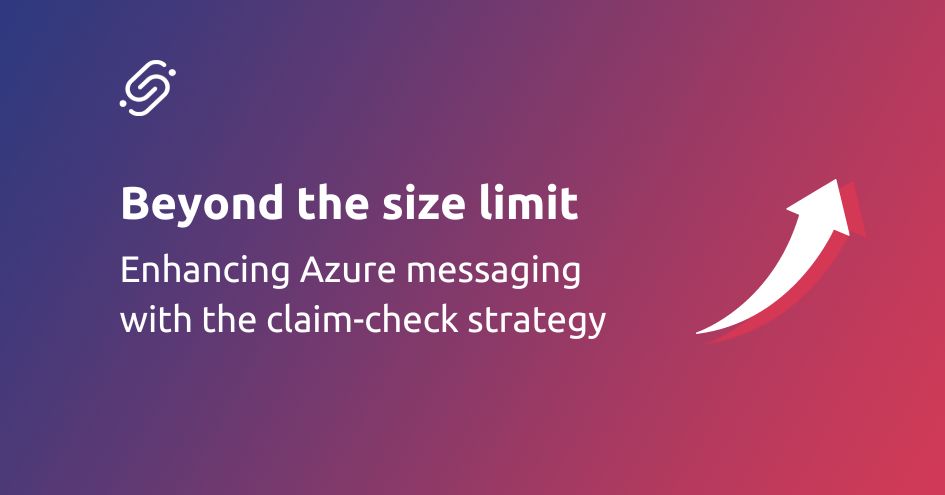End of 2023, Microsoft announced the retirement of the Azure API Management stv1 platform. But what does this exactly mean for your environment and which actions should you take to migrate your Azure API Management platform to the stv2 version?
Platform upgrade explained
The update from stv1 to stv2 platform impacts the underlying compute platform used by the different pricing tiers of API Management. The new stv2 compute platform will provide several resiliency and security features of API Management which aren’t available on the stv1-platform today, including:
- Availability zones
- Private endpoints
- Protection with Azure DDoS
Microsoft Support for API Management instances hosted on the stv1 platform will be retired by August 31st, 2024.
There is an important distinction to make between the compute platform upgrade to stv2 and the Azure API Management v2 pricing tiers which are currently in private preview. The v2 pricing tiers are not impacted by the stv1-platform retirement, as these new pricing tiers are already hosted on a new, highly scalable Azure infrastructure.
The platform migration from stv1 to stv2 will update the underlying compute alone and has no impact on the service configuration or existing APIs and policy configuration within your API Management instance as these are persisted in the underlying storage layer.
During the upgrade process, a new compute instance will be created in parallel of the existing compute platform. This is a long-running, non-reversible operation which, depending on your service configuration, might cause temporary downtime of your Azure API Management service. Given the risk of downtime, we advise to create a migration plan for the different Azure API Management instances in use within your organization, as the migration will also impact the consumers and applications who are relying on the availability of these APIs.
Differences exist in the migration process between an API Management instance not integrated into a Virtual Network and those that are VNet-injected. These variances can affect aspects such as the retention of the public IP address, service downtime, and necessitate additional configuration at the VNet and Subnet levels.
We would like to make an importance notice that Microsoft is currently in the process of automatically updating the public API Management instances from stv1 to stv2. As this can lead to downtime on your service, we do advice to regularly check the planned maintenance for your subscriptions in the Azure Service Health.
Identify platforms in use
The first step of the platform migration is to determine if this is applicable for your organization. The fastest and easiest method to determine if you’re Azure tenant has active Azure API Management instances on the stv1-platform is through the Azure Portal.
Perform a search to list your API Management services:

In the result-list, you can easily identify the “Platform version” used by each API Management instance:

How can we help you?
Our team can help your organization with the following activities related to the stv1 to stv2 platform migration:
- Assess the current active platform versions on your Azure subscriptions
- Create the API Management migration plan
- Execute the API Management platform migration





